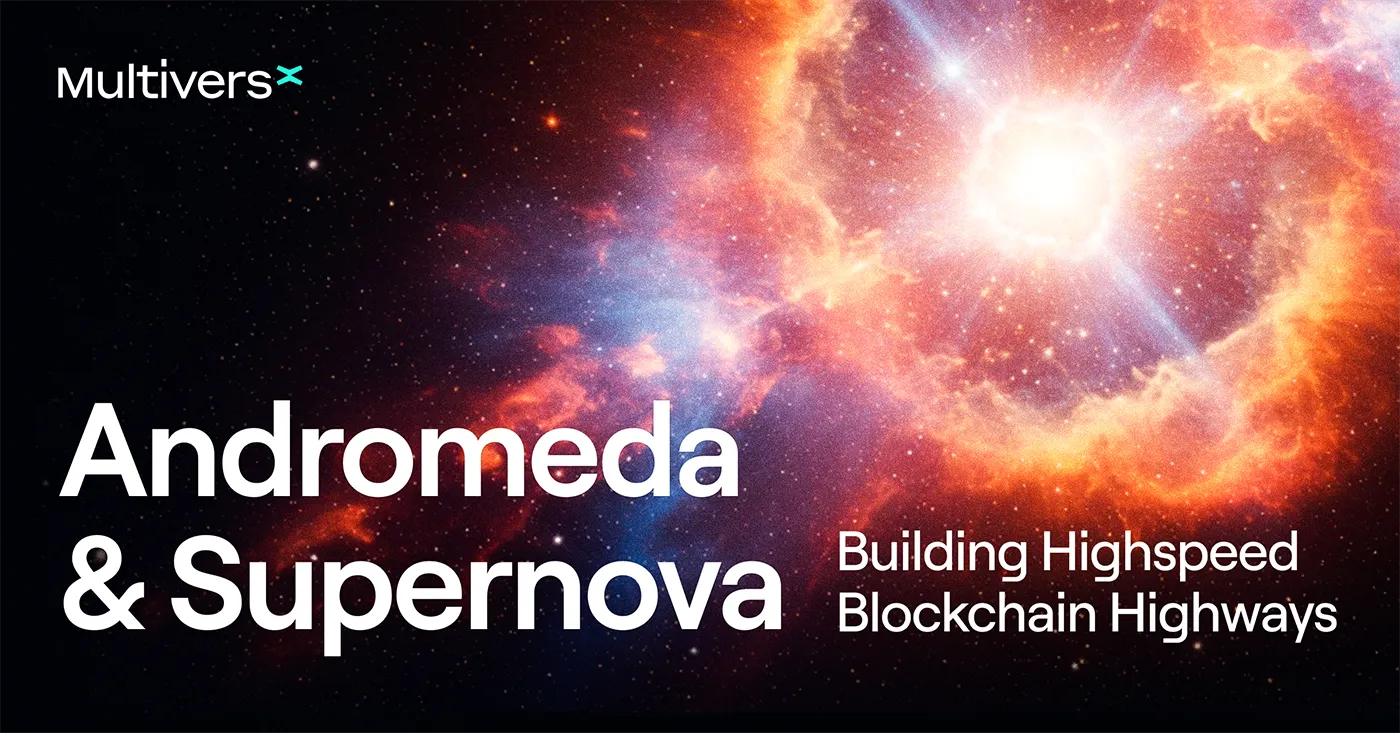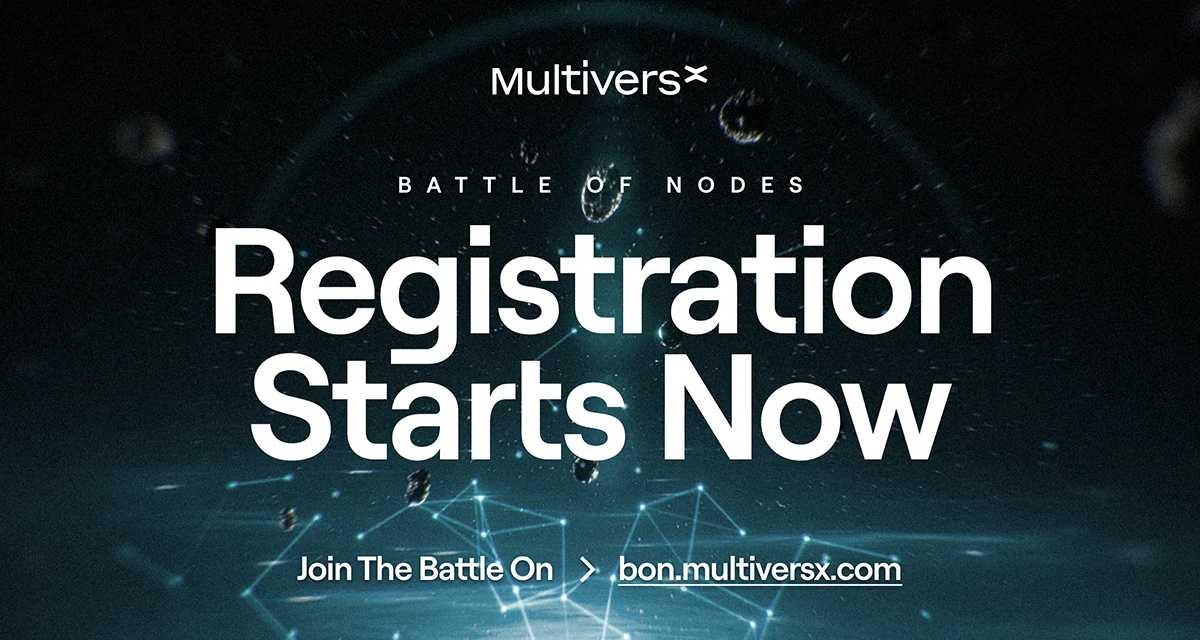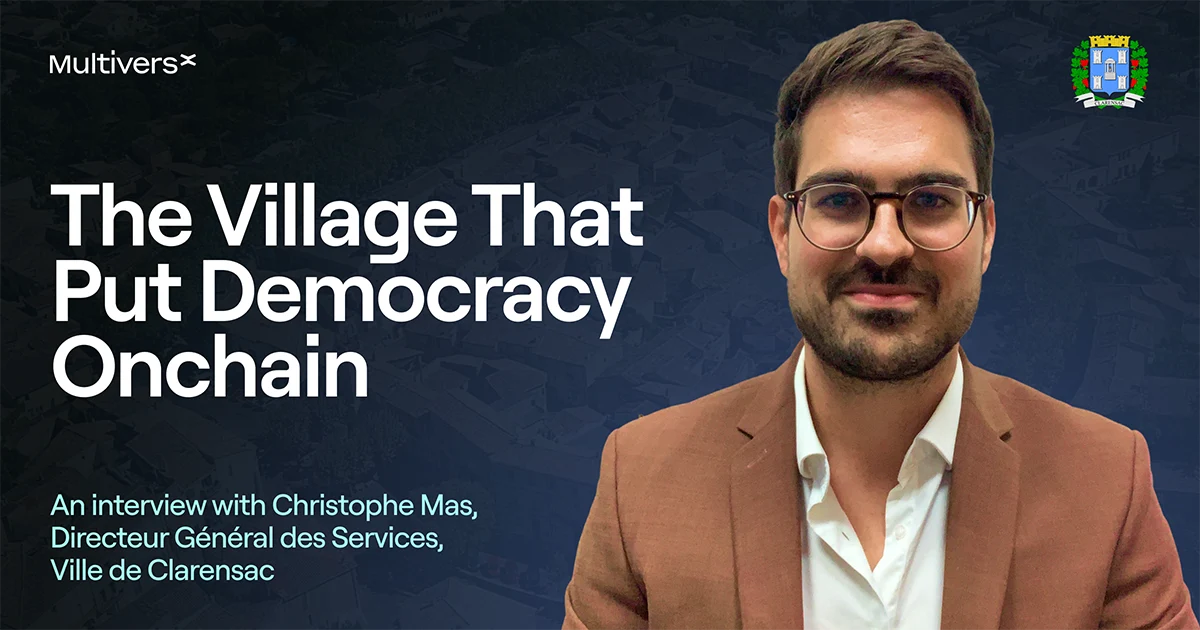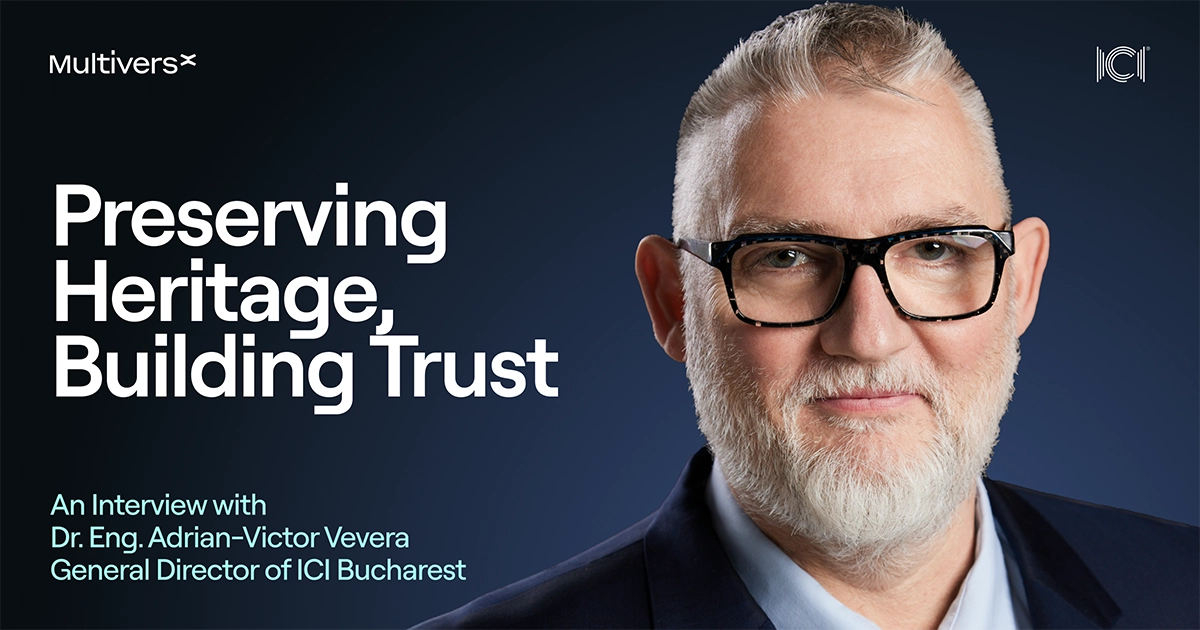

Andromeda and Supernova: Building Highspeed Blockchain Highways on MultiversX
The future of blockchain is arriving faster than ever.
With Andromeda and Supernova, MultiversX is rewriting the rules of scalability, speed, and decentralization. The two upgrades aren’t mere performance enhancements.
Together, they are the most anticipated upgrades for the MultiversX blockchain. These releases are reshaping the network’s architecture, building even better highways in the ever-growing multiverse of crypto and Web3.
In the past five years, since the mainnet launch, MvX has achieved what many experts deemed “impossible.” Once again, it is about to deliver the “impossible” with improvements that will raise the blockchain industry’s standards.
What’s Next for MultiversX in 2025?
Let’s dive into what Andromeda and Supernova mean for MultiversX—helping you digest the changes that are already happening and are yet to come.
According to Beniamin Mincu, “these two upgrades will feel like a new network altogether.”
MultiversX was the first blockchain to successfully implement all three types of sharding – network, transaction, and state—a few years ago. Even today, its sharded architecture remains arguably the most technically advanced in the space, allowing for maximum scalability and maximum decentralization.
With the upcoming performance improvements, MultiversX will take a leadership position by adding “speed” without compromising scalability and decentralization in the “blockchain trilemma” equation– a feat unlike anything blockchain users have seen.
The Highway to Web3
To fully grasp what this means in practice, let’s compare blockchains to highways, trying to better understand all of the above.
Blockchain architectures can be difficult to understand and even harder to compare. Sometimes we simply need to mix all the tech-talk with some real-life examples to see things clearly – like imagining these systems as highways.
Just like blockchains, highways are designed to connect two points, being people or locations. They are designed to get something (data) or someone (a traveler) from point A to point B as quickly as possible.

A highway has traffic laws vehicles need to follow. Blockchains have protocol rules set by different governance models.
A highway has toll booths, oversight, and traffic monitoring, ensuring a solid infrastructure and safe travel for the vehicles going from A to B. A blockchain has validators who get paid to keep the infrastructure running by validating the transactions.

Blockchain and Highway Bottlenecks
Just like toll booths can sometimes slow down the trip or halt the traffic with long waiting lines, validating transactions is the usual bottleneck on blockchains, often getting saturated under high load. This prevents transactions from reaching their destination in the usual time or at all.
First generation blockchains (and old country roads) will struggle with any meaningful increase in transactions (or vehicles) circulating. That’s because they are usually made of a single road from A to B, with just one lane and a single booth to verify and collect the toll.

Some new blockchains improve the driving experience by expanding the highway and adding more lanes and more toll booths for each lane. We call this parallelization, allowing the vehicles (and transactions) to be processed in parallel – reducing the chances of congestion (saturation) under heavy traffic.

How the MultiversX Highway works
MultiversX goes even further, adding new roads (the shards), with their own set of toll booths (validators), independently processing each vehicle (transaction) circulating on them. The good thing is all roads get you to the same place and back.
Some chains, like MultiversX, have figured out how to make the tolls significantly more efficient. Not that different from highways getting rid of the booths and using cameras to scan license plates without hindering traffic.
What if vehicles need to change roads (for cross-shard transactions)? They can.
Sometimes, changing roads is necessary to avoid congestion or to reach a different location: a dApp, protocol, or user located on another shard.
For that, there are pathways connecting roads with one another. To change roads, the vehicles need validation from the road they are leaving (Shard 1), the cross-road pathway itself, and the road they are entering (Shard 2). In blockchain terms, it translates to three block confirmations, instead of the usual one confirmation for intra-shard transactions.

This is all overseen by traffic control cameras. In MultiversX, this is done by the metachain that notarizes and finalizes all processed shard block headers. For our highways, the traffic control office stores the digital receipt of all toll booths from the many roads, including those from the cross-roads pathways, making sure all state changes (and paid toll) are registered and publicly accessible.

How Andromeda and Supernova are Building Better Highways in MultiversX
The MultiversX highway is already one of the most advanced speedways ever built, but it is about to get even better. With upcoming upgrades almost completed, a new era of speed, efficiency, and security is being ushered in.
Andromeda and Supernova aim to optimize the validation process and, therefore, the time to finality and the network latency. In highway terms, they will make sure vehicles from point A can reach point B faster and spend less resources, without compromising on safety.
The roads are being repaved and repainted. Vehicles are also being improved, bringing a new generation of cars, achieving higher speeds and greater security.
Toll booths, too, are being improved, allowing traffic to flow much faster and with higher reliability. They are being fully replaced by more efficient overhead toll stations.
These stations rely on structures equipped with cameras and antennas, collecting the payments electronically and automatically from the vehicles passing by them – avoiding the need to stop and reducing bottlenecks.
Andromeda
Before Andromeda, transaction finality would require two rounds of block confirmation to get the needed majority because not all validators were participating in the first round.
Imagine a car going from A to B on our highway. To reach the destination, the vehicle would need to go through three sets of toll booths, spread along the road.
Usually, the vehicle would need to stop at two of these three booths, getting a free pass on the third (after reaching majority consensus). Now, Andromeda improves how validation works, consolidating the process into a single booth, requiring only one stop per shard, guaranteeing finality and removing potential bottlenecks along the way.
The same logic is applied to cross-roads (or cross-shards) transactions. Vehicles (or transactions) used to need to pass each toll booth twice, requiring a total of six validation stops before being checked (reaching finality).
By optimizing the validation process, this number, too, was cut in half. Transactions only need one validation per step, or three for the full cross-shard process.

Supernova
Supernova takes this further, bringing major enhancements to the “MultiversX highway”.
With the upgrade, block time will be reduced by a factor of ten, from 6 to 0.6 seconds. Think of it like reducing the road length by digging tunnels through the mountains, implementing overhead toll stations, and allowing vehicles to circulate at a higher speed limit, all monitored by the traffic control and within the traffic laws.
Moreover, Supernova will add parallelization principles to the validation process (consensus) and the transactions' execution, reducing the required bandwidth by not needing to wait for the results of execution before doing consensus.
In simpler terms, the overhead toll stations will not require the cars to stop or slow down, as they did before, validating everything automatically (in parallel) as they pass through these stations.

As we can see, Andromeda and Supernova are transforming MultiversX into a faster, more efficient blockchain highway – making transactions smoother and more secure than ever. These upgrades are not just technical leaps. They are a promise of a future where Web3 connects people effortlessly, sparking innovation and opportunity.
You are welcome to join us in this exciting journey! Dive into MultiversX’s next chapter and explore how these changes will reshape the blockchain highways. Follow our next updates closely to stay in the driver’s seat.
Andromeda and Supernova mark a new chapter for MultiversX—one where speed, scalability, and decentralization advance together without compromise.
As we lay down the next-generation highways for Web3, the possibilities are limitless. Stay tuned, get involved, and join us on the journey to build better blockchain infrastructure for everyone.
If you want to understand all the changes from Andromeda, make sure to check the MultiversX Improvement Proposal 25 (MIP-25) published on the MultiversX Agora on March 24. Also, check DBCrypt0 article on X, with a different metaphor for Andromeda alone.
More details on what will change with these upgrades and how these things will be achieved can already be found in the GitHub Repository—as MultiversX builds open-source codes in public—and there will soon be an official MIP for Supernova as well.
— Written by Vini Barbosa, illustrations by Cuget. Powered by xAlliance.
More articles






